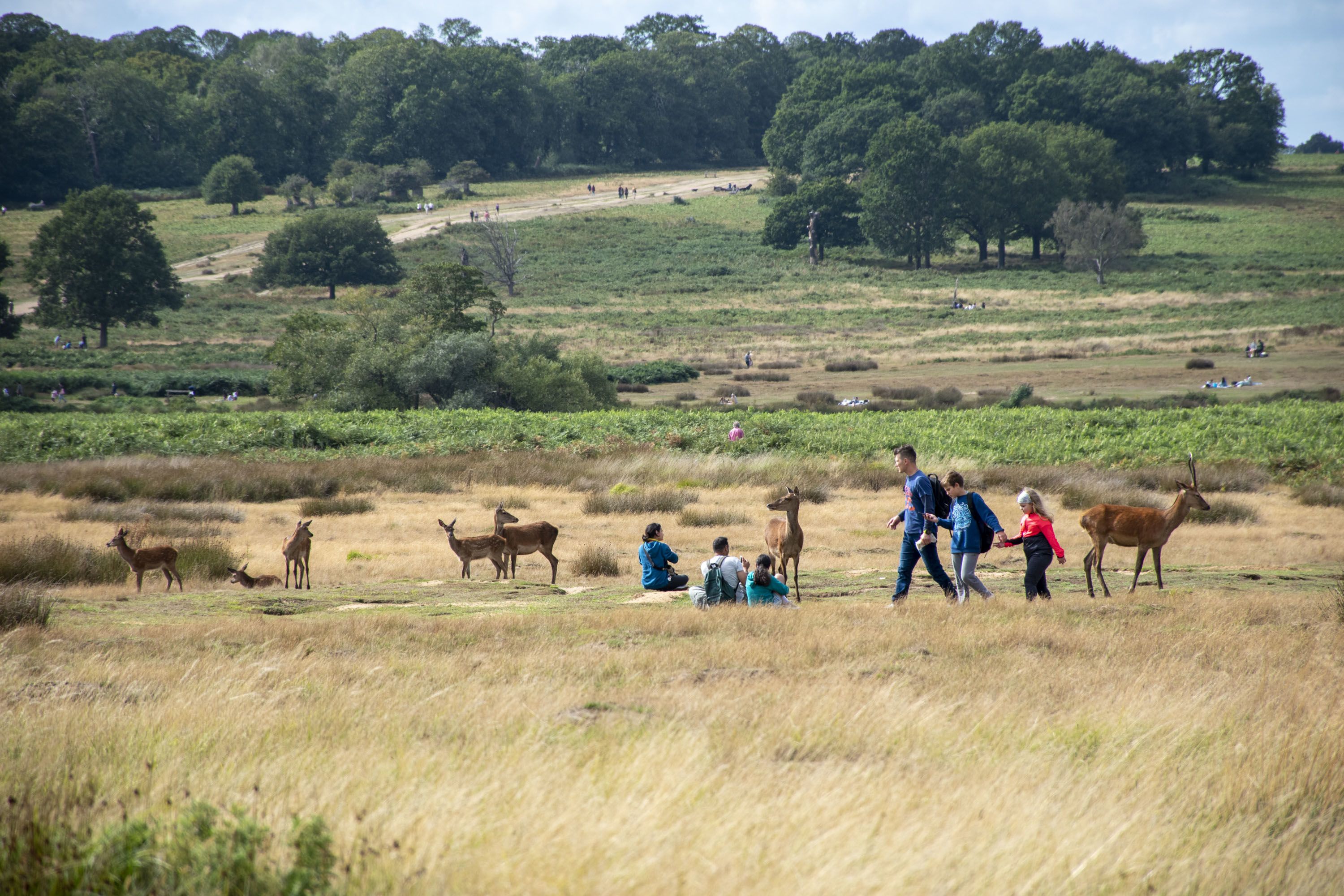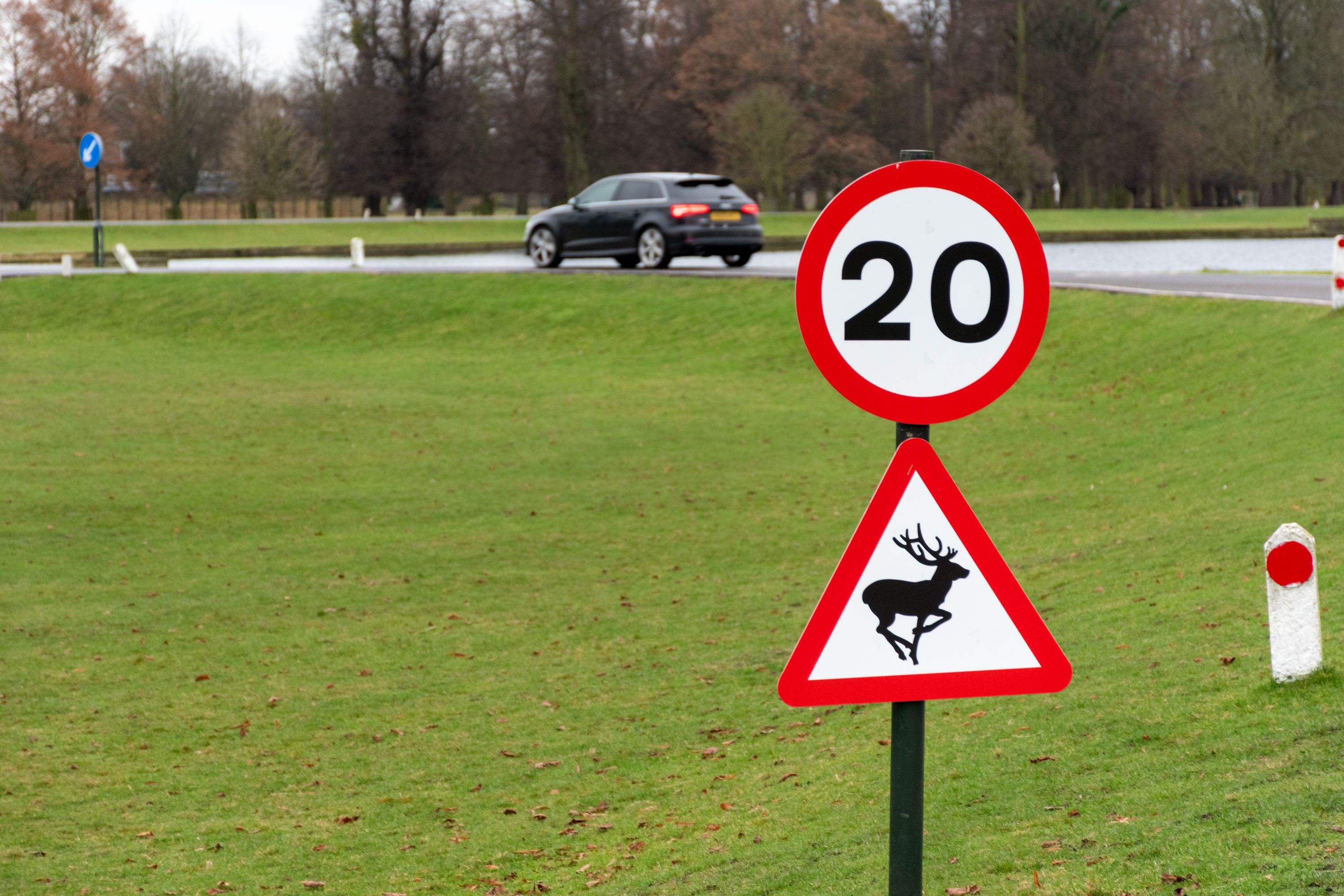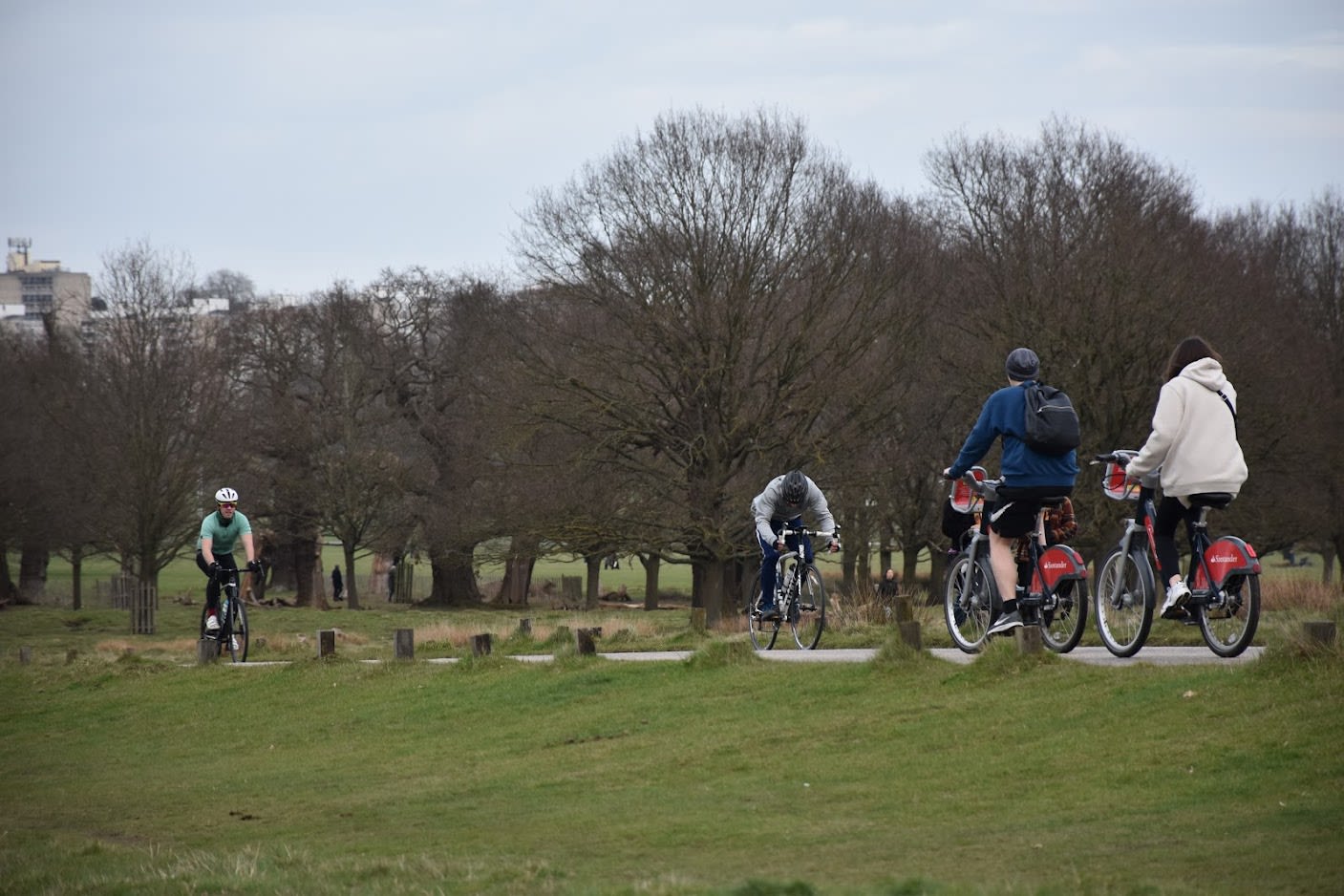‘A glorified farm’ – the money behind the Royal Parks' deer cull
More than 1,500 deer have been killed in the Royal Parks over the last few years – but how much money is made from the cull, and is there an alternative?
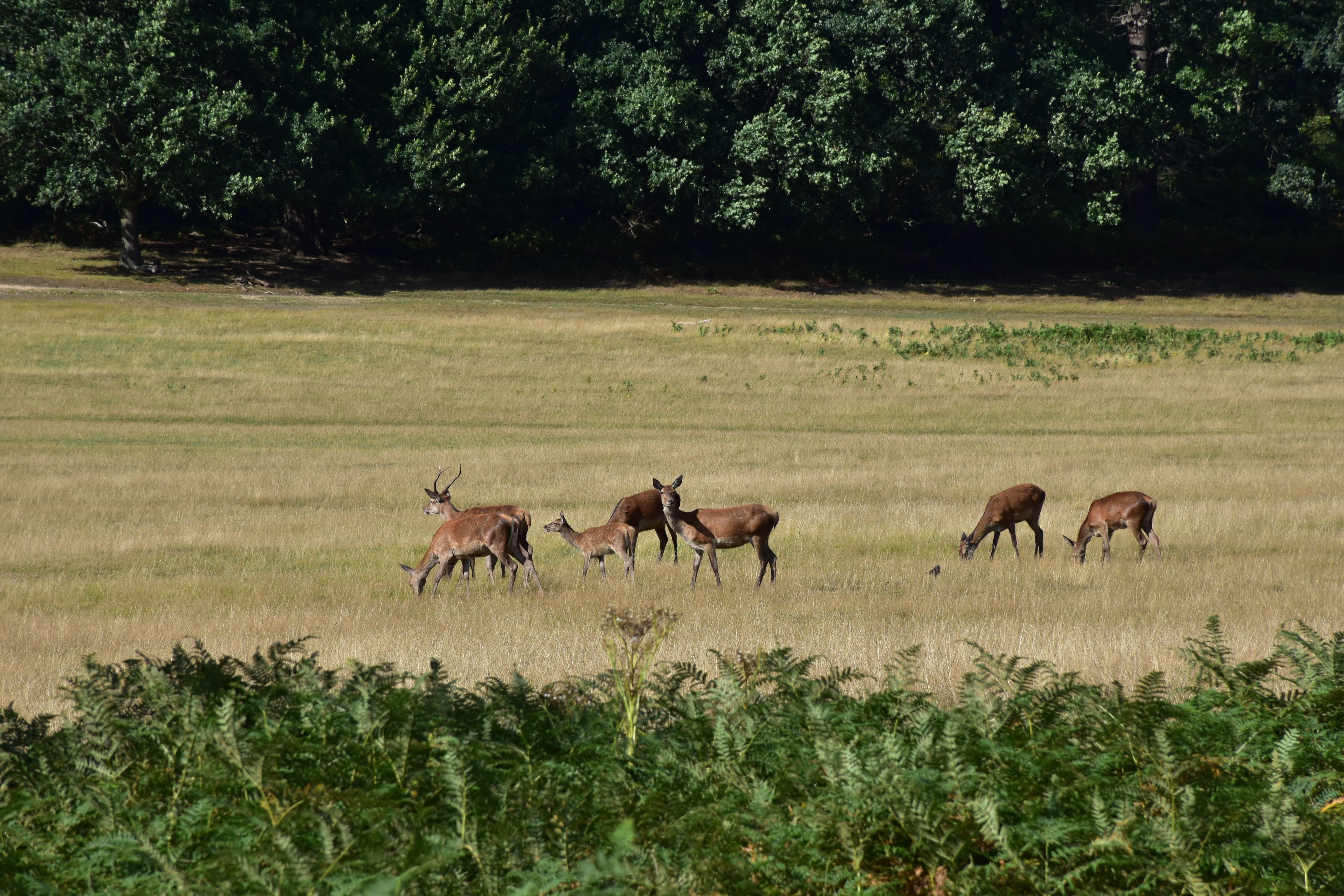
The Royal Parks charity manages a number of green spaces covering 5,000 acres across Greater London, including Hyde Park, The Regent's Park, and Kensington Gardens.
In the 1500s, Henry VIII introduced wild deer to Bushy Park and Greenwich Park, the oldest Royal Park, for the purposes of hunting.
A century later, Richmond Park was established for the same purpose.
Now, deer are still regularly being killed in the same parks for their meat.
According to The Royal Parks, 980 deer live in the parks.
A Freedom of Information request (FoI) submitted by South West Londoner has revealed that 1,493 deer have been killed in London's Royal Parks in annual culls since 2017, with the stated goal of preventing malnutrition caused by unsustainable population growth.
However, The Royal Parks has earned more than £200,000 from selling the meat of the deer killed in the culls as venison.
Including other causes of death, over 1,500 deer have died in London’s Royal Parks over the last five years – an average of over 300 a year.
The vast majority were killed in the annual cull, and some local residents disagree that it’s needed.
In 2017, campaign group Urban Squirrels petitioned The Royal Parks to end the cull. As of May 20 2022, the petition has received nearly 140,000 signatures.
Speaking to South West Londoner, local activist Cleve West, who lives near to Bushy Park, said: “It’s really like a glorified farm.
“We live within earshot of Bushy Park, in terms of when they shoot the deer, so we literally hear every deer that’s been killed.
“It’s quite distressing.”
The Royal Parks refuted allegations that it was a farm – and stressed the cull was necesssary to protect the health of the deer and the park.
Despite the organisation being responsible for the the majority of the deer deaths each year, The Royal Parks warns visitors against feeding the deer or dropping litter, due to the potentially fatal consequences.
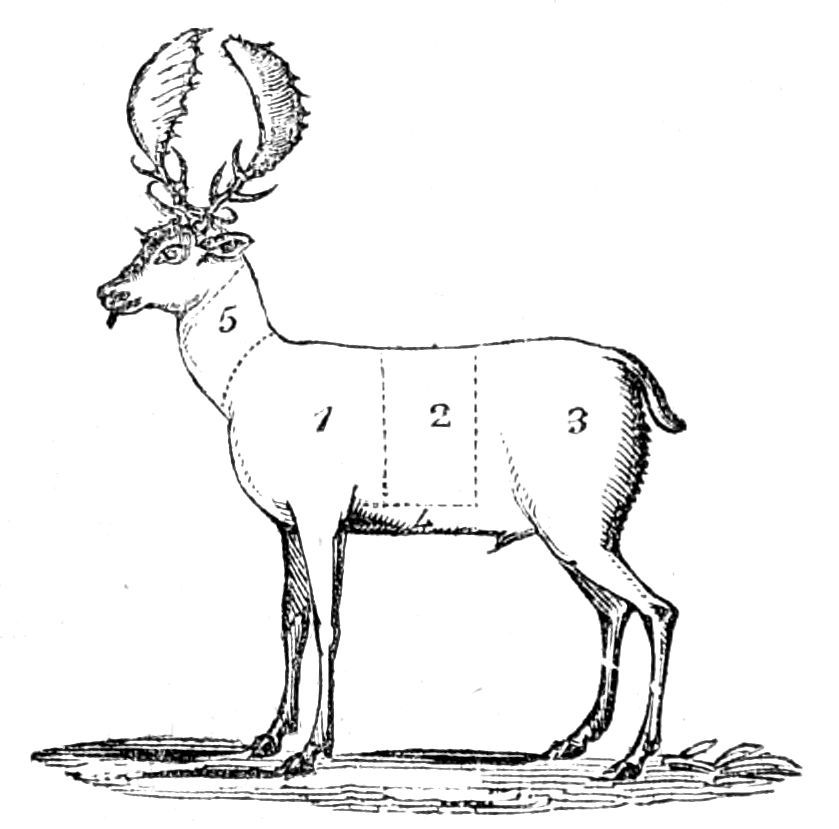
Joints of Venison. 1=Shoulder. 2=Neck. 3=Haunch. 4=Breast. 5=Scrag. Public domain image by Anne Cobbett (1795-1877) published in The English Housekeeper.
Joints of Venison. 1=Shoulder. 2=Neck. 3=Haunch. 4=Breast. 5=Scrag. Public domain image by Anne Cobbett (1795-1877) published in The English Housekeeper.
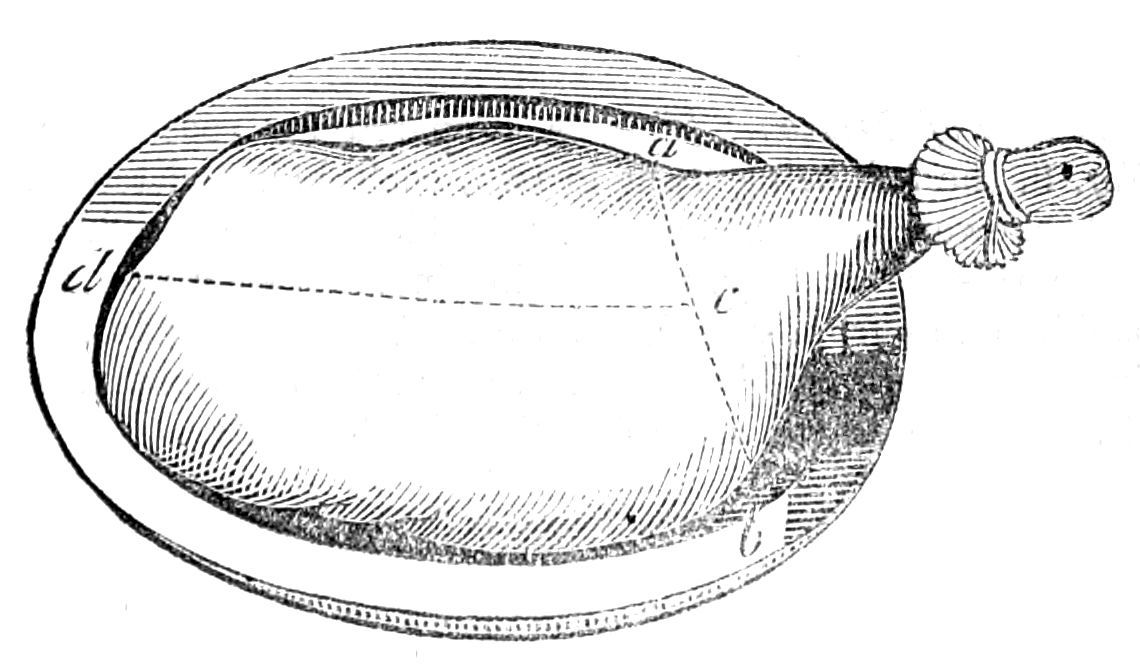
A haunch of venison. By Anne Cobbett (1795-1877) published in The English Housekeeper.
A haunch of venison. By Anne Cobbett (1795-1877) published in The English Housekeeper.
The Royal Parks earns a lot of money from the annual cull, though the amount has decreased in recent years.
In 2017, Over £55,000 was earned by the parks from the cull. This had dropped to £35,000 in 2020.
At 2,500 acres, Richmond Park is the largest of the Royal Parks, as well as the largest revenue generator for venison.
The Royal Parks said: “Deer are despatched humanely in The Royal Parks under license and adhering to all laws and regulations which apply.
“Venison is sold on the wholesale market and any money received is used in the maintenance of The Royal Parks.”
Nearby resident Cleve said: “When I was a teenager I moved to Somerset – we lived on Exmoor and we enjoyed seeing the wildlife there.
“It was a really strange moment coming back to London and going to Bushy Park again having had a break from it for such a long time, seeing the deer and being completely underwhelmed.
“It's such an exhilirating experience seeing a wild animal in the wild – but when you come back to Bushy Park, it's just like a herd of cows basically.”
A Royal Parks spokesperson said: “As a member of the British Deer Society, The Royal Parks takes deer welfare very seriously and all aspects of their health are regularly monitored. In addition, both the society and the Deer Initiative of England and Wales fully endorse humane culling.
“The Royal Parks is an expert manager of enclosed deer herds, which are under veterinary supervision. Deer populations are actively managed to keep herds at a sustainable size.
“Without population control, food would become scarce and more animals would ultimately suffer. There would also be other welfare issues such as low body fat, malnutrition, high incidence of death from exposure to cold in winter and a build-up of parasites and diseases in deer.
“As a result of the cull, the meat is sold to licensed game dealers and all the money is reinvested into caring for our herds.”
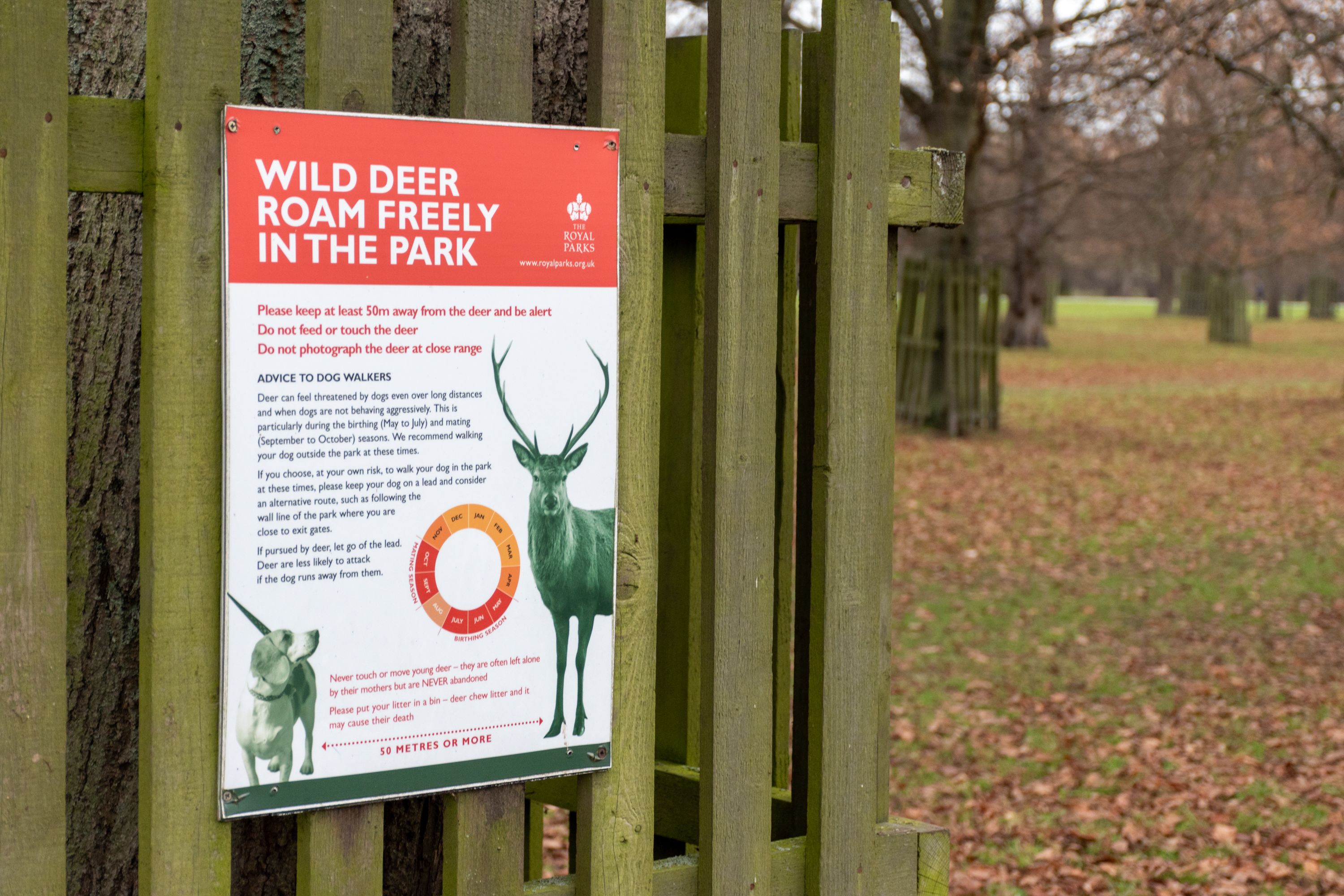
Some ctivists, such as Urban Squirrels, have been calling for contraception to be used instead of culling.
Cleve said: “My argument has always been: why can't we look at other ways of managing this important grassland and see what happens if we don't kill them?
“It might mean a reduction in numbers, or contraception.
“These are the sort of questions I’ve got about it, rather than turning it into a glorified farm where money is being made by these killings.”
The Royal Parks refuted any allegation it was a farm, saying: “It must be stressed we do not undertake commercial deer farming, and as such the meat is not labelled as Royal Parks when it is sold to the consumer.”
When asked about the viability of contraception, The Royal Parks indicated there was no alternative – it said: “The Royal Parks does not administer contraceptives to deer through feed or injections. There are no contraceptives licensed for use in free-living deer in the UK.
“Current oral contraceptives, similar to those used by humans, cannot be given to wild animals because other animals picking on leftovers of deer feed would be adversely affected, and droppings and urine from the deer would contaminate the habitat.
“Hormonal contraceptives would also interfere with antler growth and shedding; it would be impossible to feed such contraceptives only to the females and prevent the male deer consuming them.
“Non hormonal immunocontraceptives can be used on some zoo animals and have been used on moorland ponies in the UK, but they must be injected. Wild deer cannot be rounded up or handled without causing severe stress and injury.
“Darting deer with contraceptives is not an option, as it's impossible to identify individual animals to ensure single dosing.
“In consultation with our veterinary advisor, however, we annually monitor the worldwide development of technology to limit deer populations and will continue to keep our policies for the management of deer under review.
“Where the opportunity arises to move deer to other deer parks we do so.
“This opportunity is rare given that wild populations of all species of deer are increasing nationally.”
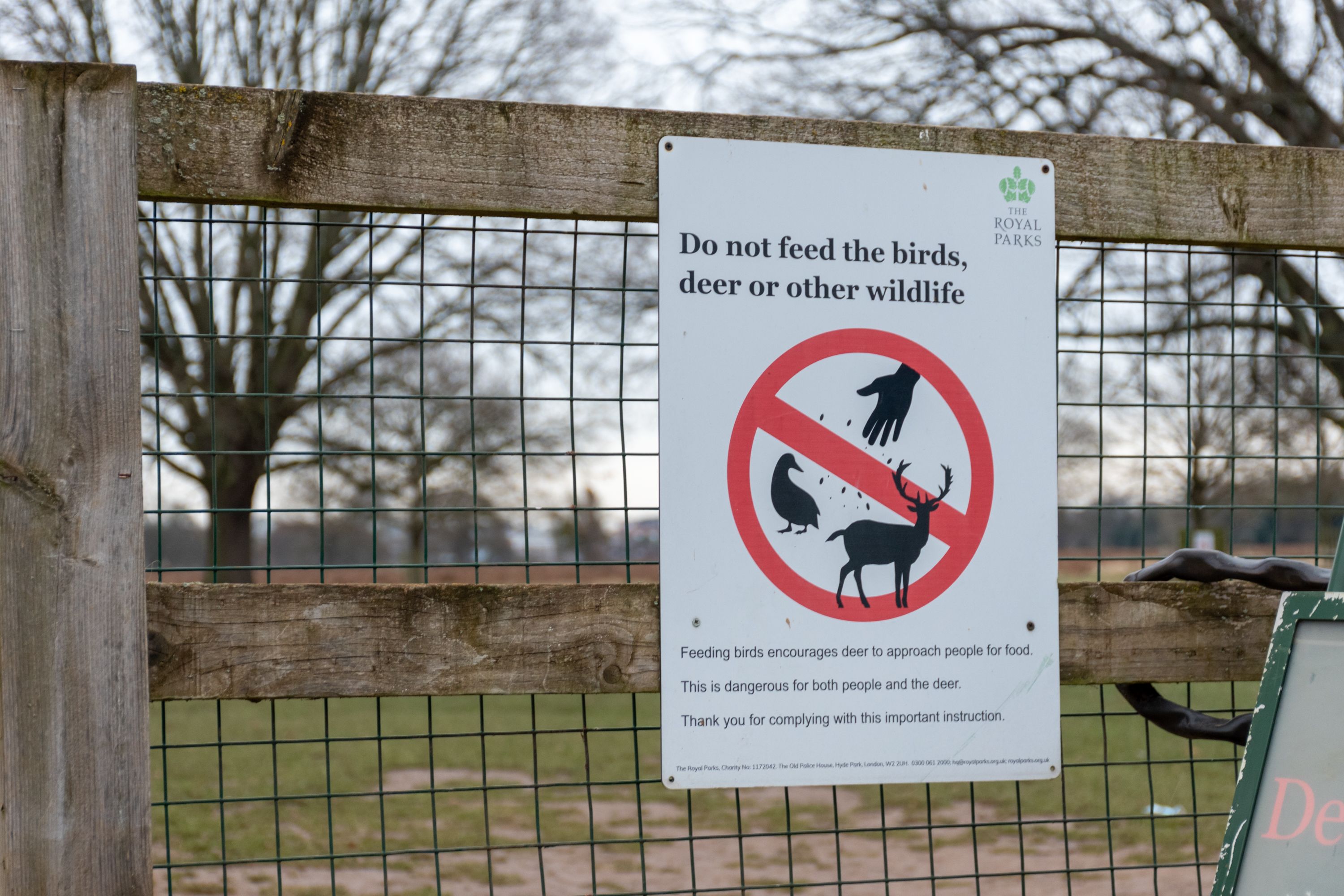
The deer also face threats from other unnatural sources.
A further FoI request submitted by South West Londoner shows the extent of deer death from all causes in The Royal Parks.
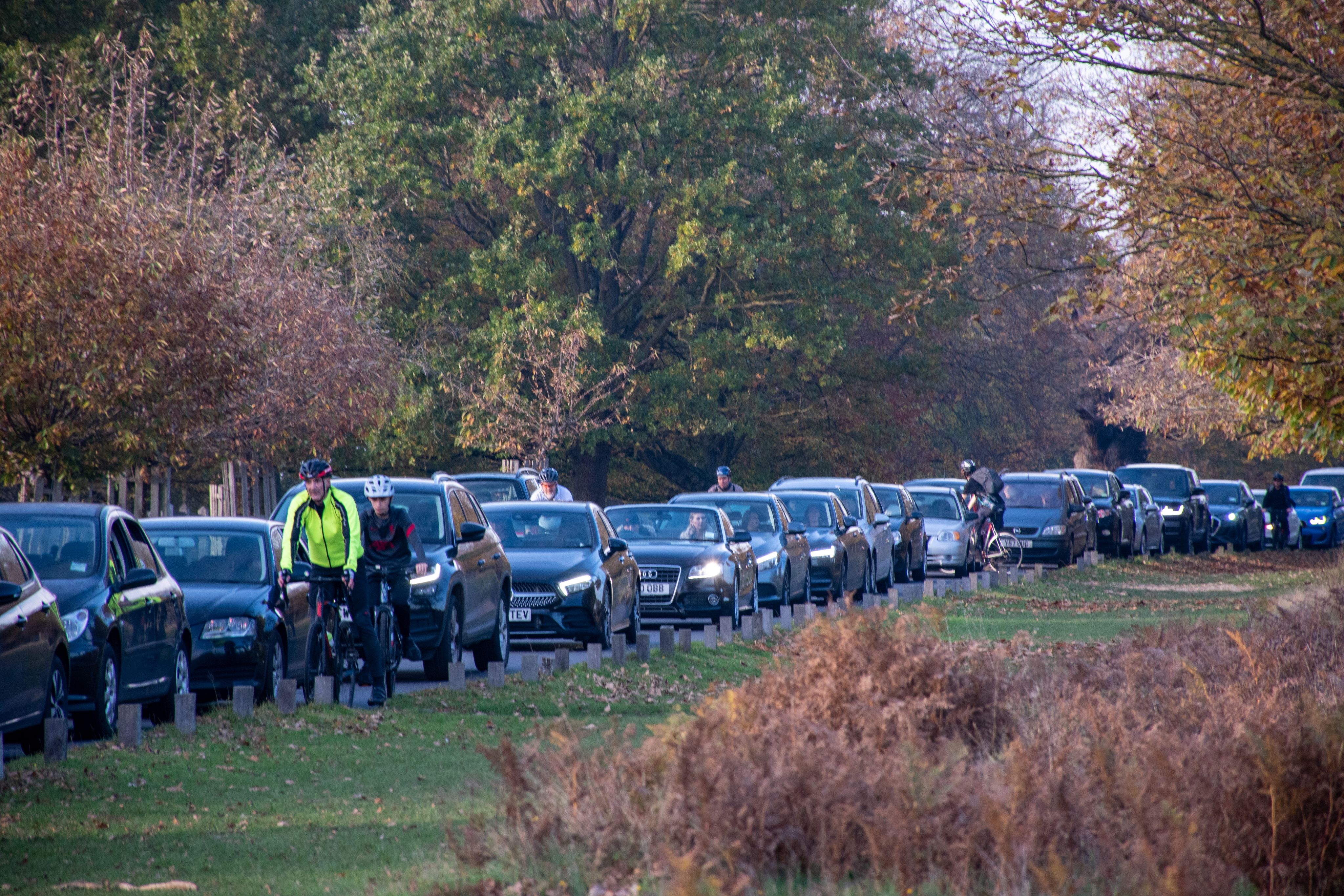
Drivers constitute the second largest threat to the animals – causing the deaths of 27 deer in the parks. Dogs are the third largest single threat – killing 17.
In Greenwich Park, deer are in an enclosure, so don’t face as many threats as those in Richmond or Bushy Parks – but they are still culled and sold as venison.
The annual rut, or breeding season, has seen 12 deer perish in Richmond Park – with stags and bucks competing for females in spectacular battles over the autumn.
Four deaths have been recorded as a result of cyclists in the park in the last five years, as well as 22 deaths from unknown causes and ten deaths from other causes – such as deer becoming trapped in fencing, a calf that was abandoned due to a member of the public picking it up, and deer becoming tangled in cables and rope.
